hypermobility in babies uk
EDS is more than just symptomatic hypermobility however as it can affect many functions of the body. Some babies will be super flexible their joints and muscles are developing and this can mean they flex more than we would expect them to.

What Is Hypermobility In Babies Children Young Adults Therapy Stars
Consider referring children with hypermobility for specialist assessment using clinical judgement to determine the urgency if any of the following are present.

. It runs in families and is the result of the connective tissue between the joints skin tendons and ligaments being more flexible than average. These are a combination of the Beighton hypermobility score and the child or young persons symptoms. Hypermobility refers to an increased range of movement in multiple joints for their age.
A child is likely be prone to injuries easy bruising and their skin may tear after minimal trauma with injuries taking longer than usual to heal. Red flag features are present. Babies with joint hypermobility have joints that are able to bend further than usual and a trunk and limbs that appear to be floppy and weak.
It is used to assess hypermobility using a standard set of movements of thumb and wrist fifth finger elbows back and knees. According to ds1s physio the real harm of the w-position is caused where a childs hypermobilitylow tone is neurological ie the brain reacts too slowly to damaging over-stretching of muscles and ligaments that would not otherwise be naturally that stretchy. My sisters a physio and my daughter has no foot arches that said she doesnt have hypermobility my sister says the current advise for young children is to put them in shoes that are very light with a very flexible sole and NO arch support.
The older you are the less likely it is you will be hypermobile. Draw your shoulder blades back as above and then lean into the wall bending your elbows down. Hypermobility refers to the ability of a joint to move through a greater than normal range of motion.
Your childs joints regularly dislocate. The infant may have flat feet mainly if the hip muscles are tight and the ankle muscles are weak. Stand with your hands at shoulder height on a wall.
Castori and Hakim 2017. Joint hypermobility is thought to be very common particularly in children and young people. As well as making your legs and stomach muscles stronger and more flexible it is important to keep your arms healthy by doing exercises too.
Hypermobility refers to an increased range of movement in multiple joints for their age. Hypermobility refers to an increased range of movement in multiple joints for their age. There is diagnostic uncertainty.
Symptoms of joint hypermobility in babies. But if your child has one or more of the following symptoms then you should see your GP as it may point to joint hypermobility syndrome. Hypermobility in infants can be fun until the pain occurs.
To understand how this happens lets start with some simple anatomy Our joints are held together by connective tissue namely the joint capsule and various ligaments. The older you are the less likely it is you will be hypermobile. Connective tissue is made up of collagen which is flexible but strong.
As a result the joints can move past the usual range of movement. The increased range of movement at the joints sometimes called joint laxity or being double jointed is due to differences in the connective tissue that forms the joint capsule and ligaments. The thinking is that you have to develop the arch muscles rather than using structured.
Health visitor came to visit last week and noticed baby 9 months has really flexible ankles so asked me about family history and at the time I wasnt aware but it runs in my partners family Ive now told the health visitor this as well. It affects 7 10 of school age children in the UK. In general hypermobility should be regarded as a connective tissue advantage providing the child is strong and fit difficulties occur mainly when the body has become weak and deconditioned.
It is extremely common in children having being reported in 25 to 50 of those younger than 10 years of age. 4 points hypermobility likely. Infant hypermobility is a common asymptomatic condition in children under the age of 5 that causes joints to move outside their normal limits.
Joint hypermobility is often hereditary ie. While standing put hands flat on floor while knees stay straight. 4 points and pain in 4 or more joints for at least 3 months joint hypermobility syndrome likely.
Hypermobility in babies uk. It occurs when collagen levels in tendons and ligaments are altered making the fibers thinner and less stiff. The Beighton hypermobility score is a 9-point scoring system based on little fingers thumbs elbows knees and trunk.
They may also have poor stamina and digestive or bladder issues. Hypermobile joints those that move beyond their normal range of motion are common affecting 8-39 of school-age children with girls more commonly affected than boys Tofts et al 2009. Our sessions for hypermobility are individualised depending on the severity of symptoms and impact on your childs daily.
Bend a thumb backwards to touch your forearm. Severe hypermobility that impacts on daily activities and mobility for example subluxationdislocation. It occurs on average in 30 of the child population being more common in girls than in boys.
Bend a little finger back more than 90 degrees. Wall Press U p. Hypermobility can be generalised or affect just peripheral joints for example hands and feet Foster.
We offer a set of specifically designed hypermobility baby massage and yoga sessions that help to develop your babys muscle tone aid with balance and allow them to control and have more body awareness and capability. Some estimates suggest that around one in every five people in the UK may have hypermobile joints. Find out more about hypermobility and the conditions which can cause it here.
However for most of these children there is no associated pain. In many cases the joints become stiffer with age although joint hypermobility and its associated symptoms can continue into adult life. In these cases the condition Benign Juvenile Hypermobility Syndrome may be diagnosed.
It is extremely common in children having being reported in 25 to 50 of those younger than 10 years of age. Hypermobility is where joints bend further than average and affects around 30 of the population. Around 10 of these people live with symptoms which can range from mild to disabling can affect many of the bodys systems not just the joints and vary over time.
It affects 7 10 of school age children in the UK. Your child often gets sprains or strains or talks about pain or stiffness in joints or muscles. Has anyones baby got hypermobility.

What Is Hypermobility In Babies Children Young Adults Therapy Stars

How Hypermobility And Low Muscle Tone Affect Your Baby S Development Skills For Action

Is There A Happy Ending For Children With Hypermobility Double Jointed

Joint Hypermobility What It Is And How It Is Diagnosed And Managed

Joint Hypermobility In Babies And Children Emma S Diary

How Hypermobility And Low Muscle Tone Affect Your Baby S Development Skills For Action
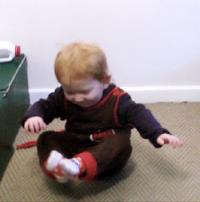
How Hypermobility And Low Muscle Tone Affect Your Baby S Development Skills For Action
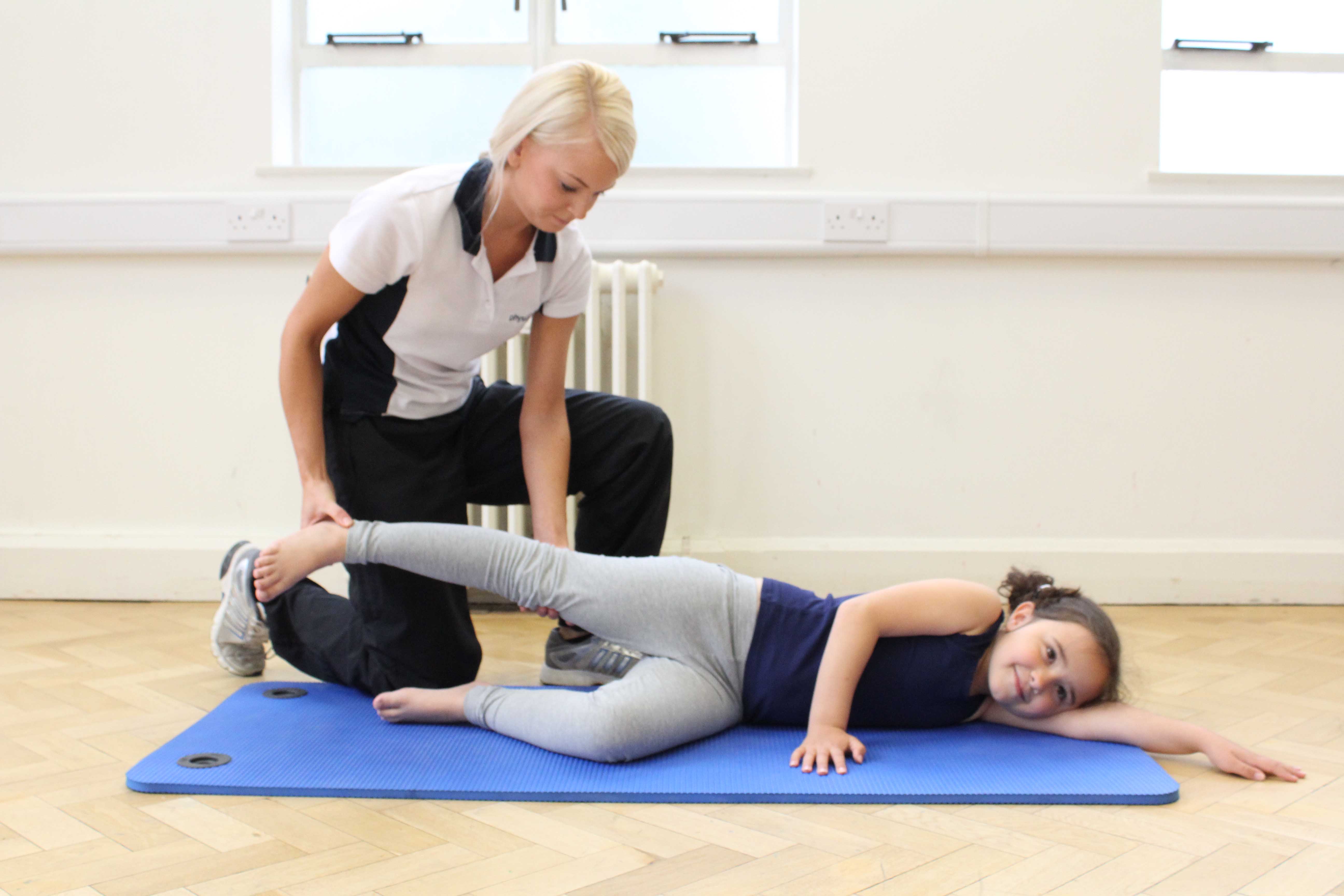
Hyper Mobility Syndrome Children Conditions Paediatric What We Treat Physio Co Uk

How Hypermobility And Low Muscle Tone Affect Your Baby S Development Skills For Action

It S A Pain Being Double Jointed If Your Child Moans About Sore Legs Don T Assume They Re Just Lazy Daily Mail Online

How Hypermobility And Low Muscle Tone Affect Your Infant S Development Low Muscle Tone Pediatric Physical Therapy Activities Muscle Tone

How Hypermobility And Low Muscle Tone Affect Your Baby S Development Skills For Action
Physiotherapy For Children Provided By Kidsphysio In Milton Keynes Bedford Flitwick Ampthill Hypermobility
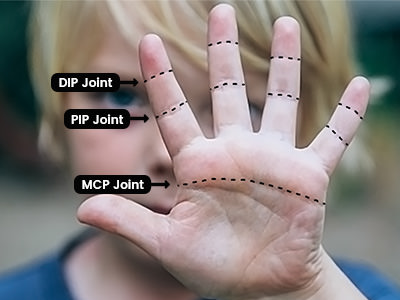
Is There A Happy Ending For Children With Hypermobility Double Jointed
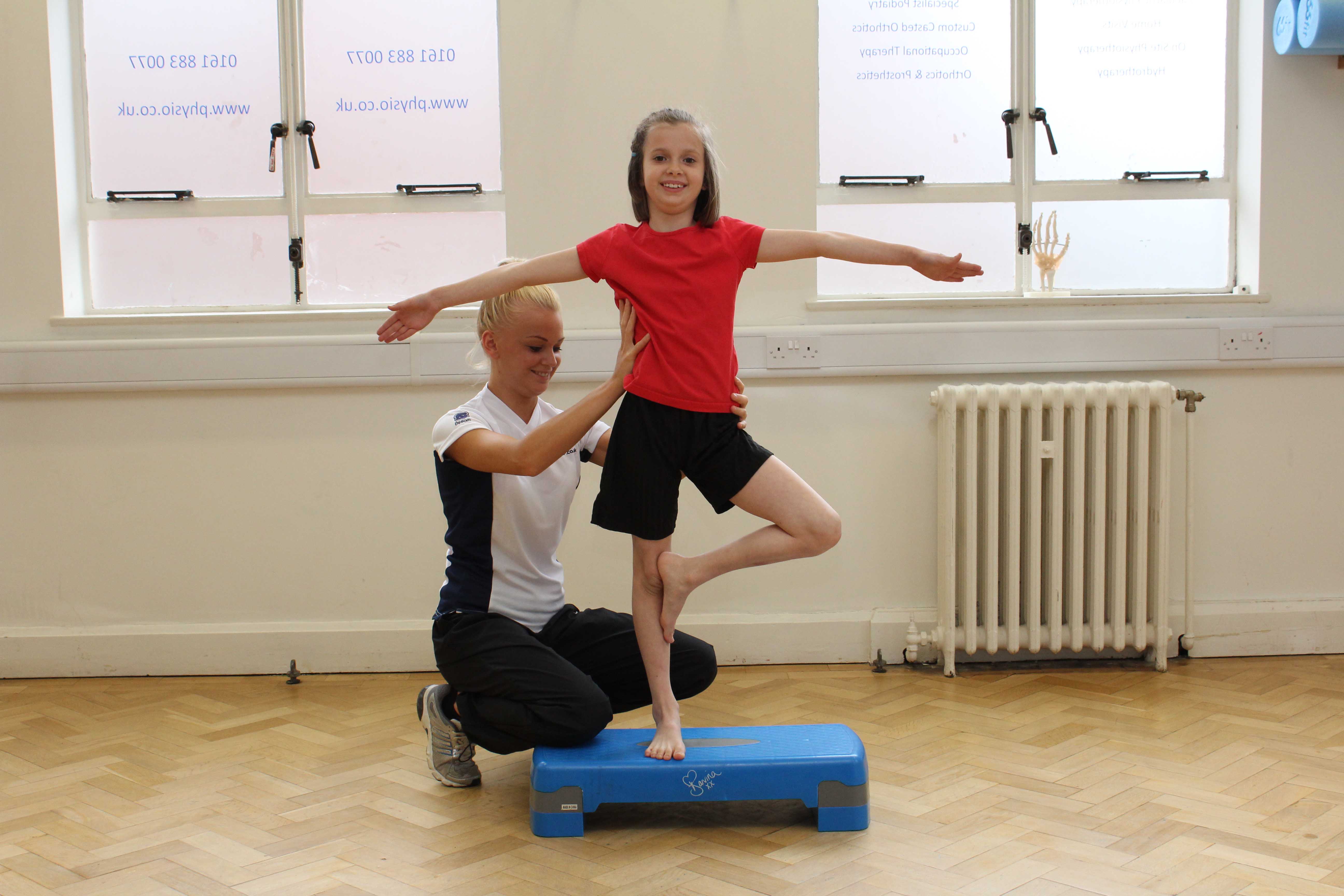
Hyper Mobility Syndrome Children Conditions Paediatric What We Treat Physio Co Uk
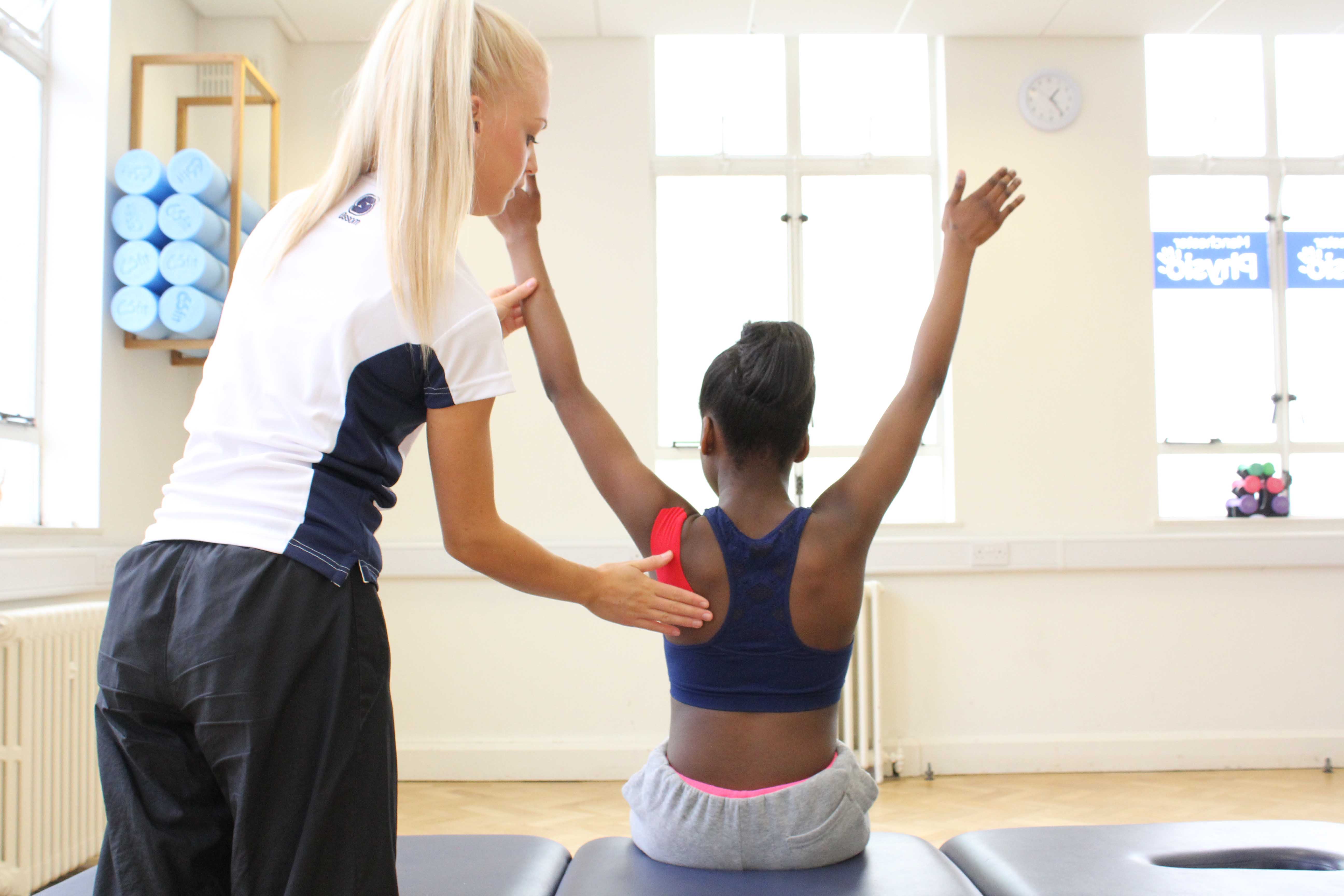
Hyper Mobility Syndrome Children Conditions Paediatric What We Treat Physio Co Uk
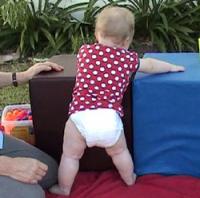
How Hypermobility And Low Muscle Tone Affect Your Baby S Development Skills For Action

Steps Charity Worldwide How Healthy Are Your Baby S Hips Please Share 5 Way To Check Your Babies Hips Dislocated Hips Are Not Visible Or Painful And Can Go Undiagnosed Early Detection